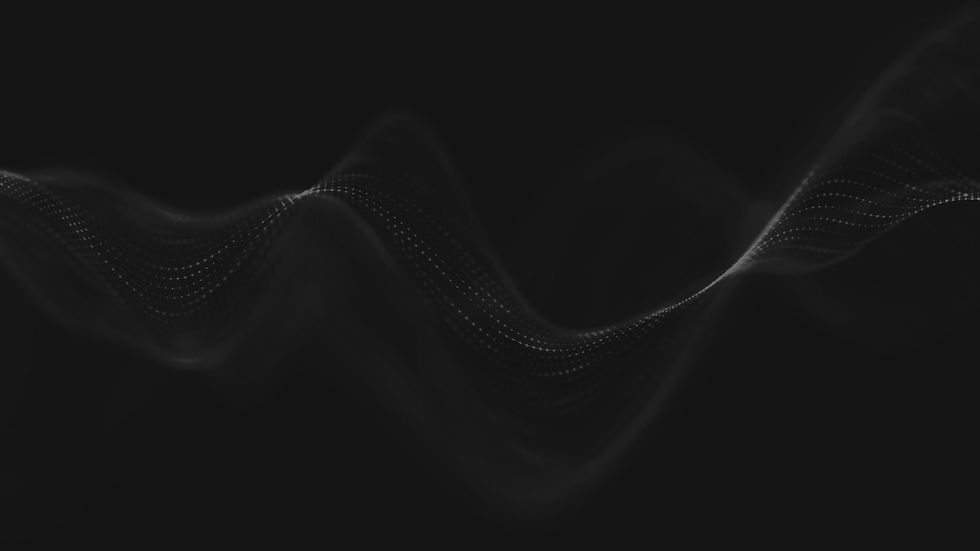
The literary world, with its rich tapestry of narratives, characters, and themes, might seem far removed from the cold, calculated realm of data science. However, in recent years, the confluence of these two domains has led to intriguing insights and innovations. This article explores the burgeoning role of data science in literature, focusing on text analysis and trend prediction.
1. Text Analysis in Literature
Sentiment Analysis: By employing Natural Language Processing (NLP) techniques, researchers can gauge the sentiment or emotional tone of a literary piece, helping in understanding the predominant emotions conveyed in a text.
Stylistic Analysis: Data science can dissect an author's unique style, identifying patterns in sentence length, word choice, and thematic elements, offering insights into their distinctive voice and approach.
Character Network Analysis: Using graph theory, one can map out interactions between characters in a novel, revealing the intricacies of relationships and the dynamics of the narrative.
Theme Detection: Advanced algorithms can sift through vast amounts of text to identify recurring themes or motifs, providing a macro view of prevalent topics in literary periods or genres.
2. Trend Prediction in the Literary World
Predicting Bestsellers: By analyzing factors like writing style, genre, themes, and even the timing of a book's release, data science can predict its likelihood of becoming a bestseller.
Understanding Reader Preferences: Data from e-readers, reviews, and sales can be analyzed to discern patterns in reader preferences, helping publishers and authors tailor their offerings.
Forecasting Literary Movements: By examining the ebb and flow of themes, styles, and genres over time, data science can potentially forecast emerging literary movements or the resurgence of past ones.
3. Benefits of Data Science in Literature
Informed Publishing Decisions: Publishers can leverage data-driven insights to make decisions about which books to publish, how to market them, and when to release them.
Enhanced Reader Engagement: Authors and publishers can gain a deeper understanding of what resonates with readers, leading to more engaging and relevant literary works.
Preservation and Digitization: Data science aids in the digitization of old manuscripts, making them accessible to a wider audience and ensuring their preservation.
Cross-cultural Analysis: By analyzing literature from different cultures, data science can highlight universal themes and narratives, fostering cross-cultural understanding and appreciation.
4. Tools and Technologies
Several tools have been developed to aid in literary data analysis:
Voyant Tools: A web-based platform for text analysis, allowing for the visualization of literary patterns and themes.
Gephi: Useful for character network analysis, it visualizes and explores all types of networks.
Stanford's Named Entity Recognizer: Helps in identifying characters, locations, and organizations within a text.
5. Ethical Considerations
While the integration of data science in the literary world offers numerous advantages, it's essential to approach it ethically:
Author Intent: It's crucial to remember that data-driven insights, while valuable, might not always align with an author's intent or the subjective interpretations of readers.
Over-reliance on Data: While data can provide valuable insights, the literary world thrives on creativity, intuition, and human experience, which shouldn't be overshadowed by algorithms.
The fusion of data science and literature is a testament to the interdisciplinary nature of modern research and innovation. As we continue to harness the power of data in understanding and appreciating literature, it's essential to strike a balance between data-driven insights and the intrinsic human element of storytelling.

Commentaires